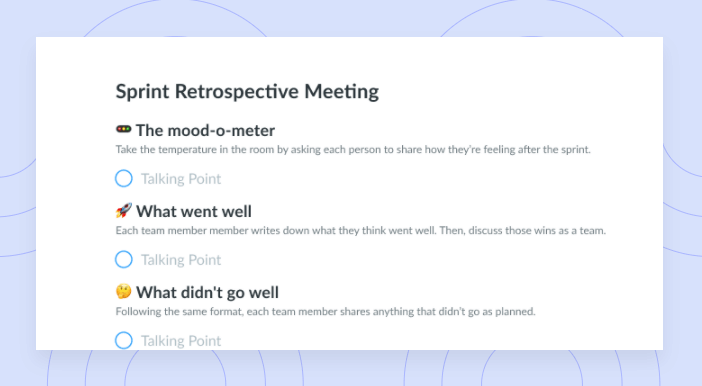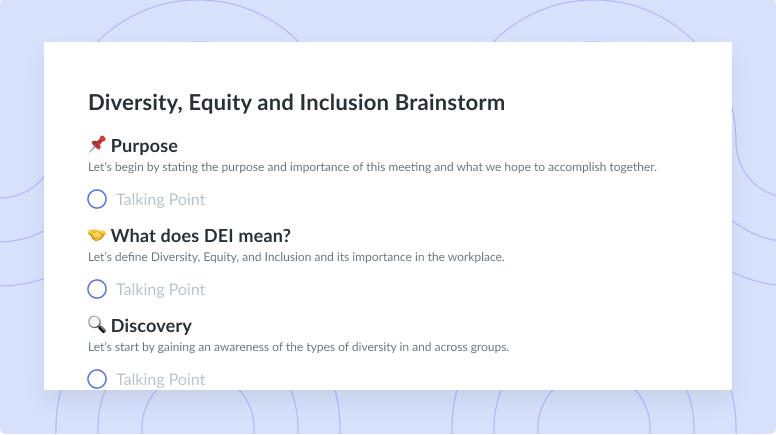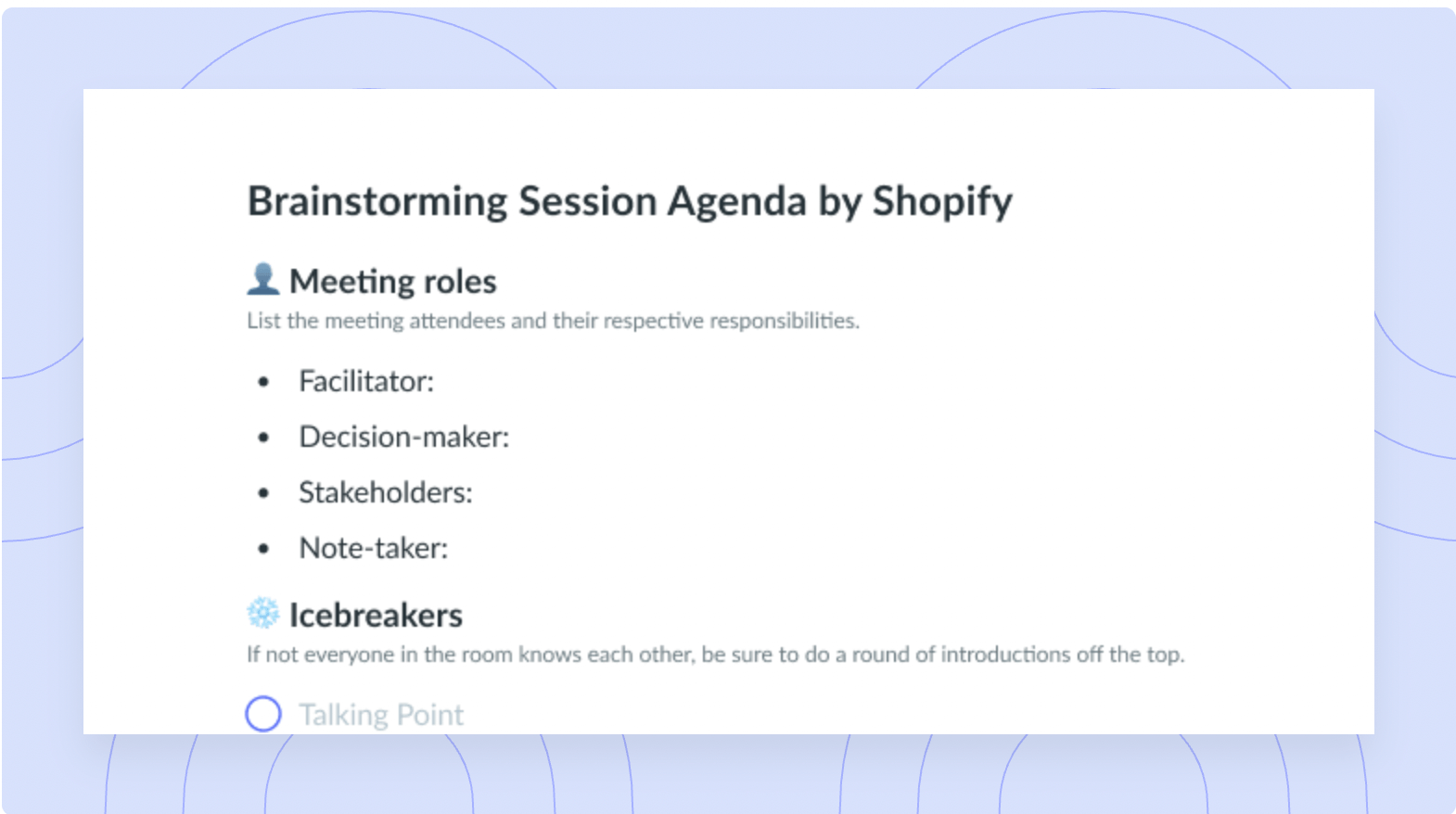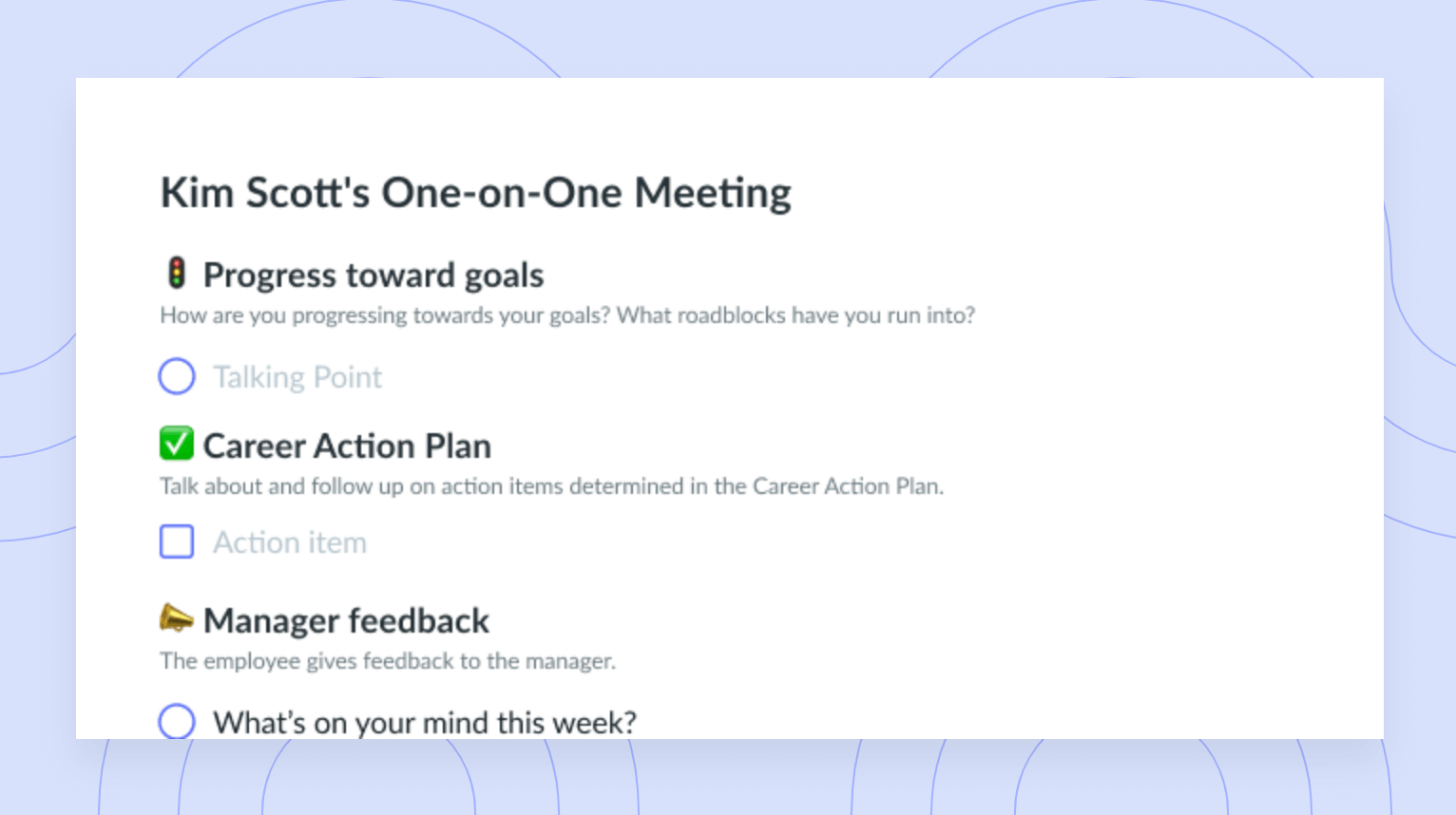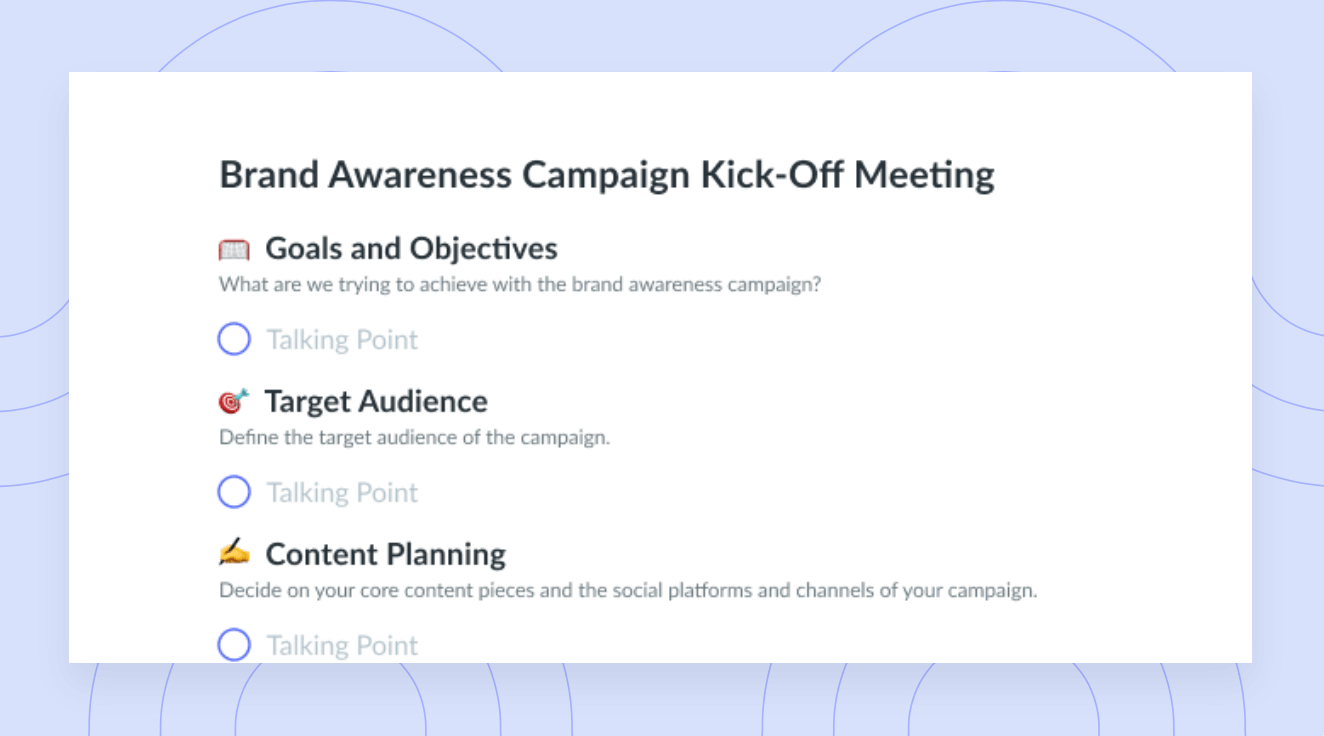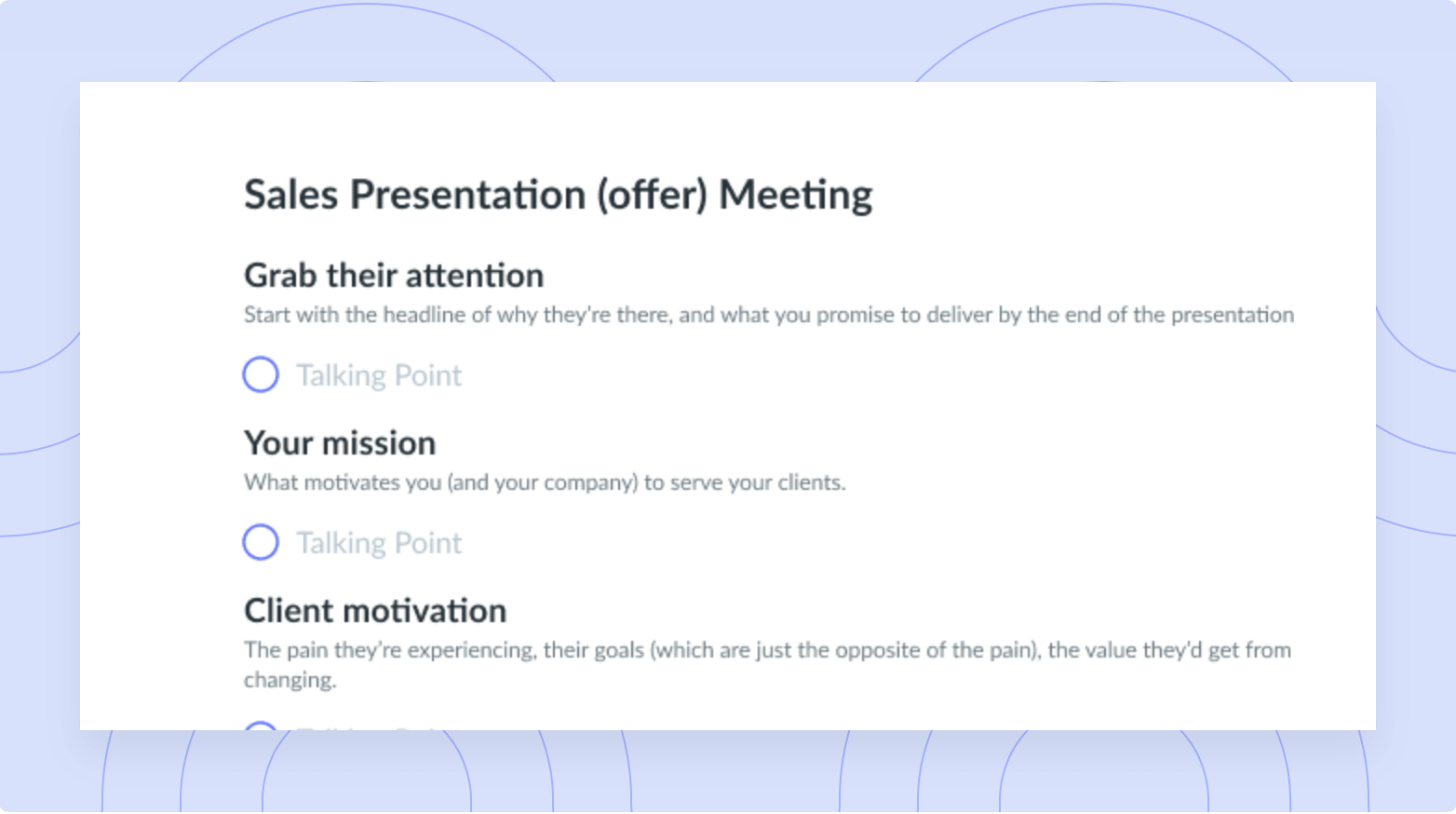Understanding Groupthink in the Workplace
Take some time to understand and identify groupthink in the workplace so you and your team members can avoid bad decisions.
Groupthink refers to individuals who, over time, conform to a group identity and to a particular way of thinking and decision-making. Groupthink in the workplace can have some serious negative consequences because it tends to hinder individual thinking, innovation, and creativity. Dissenting opinions are not always negative—sometimes, having opinions that differ from the group is positive and can help the organization make more effective decisions.
Cases of groupthink have been historically associated with bad decisions, from the Bay of Pigs invasion to the Vietnam War, to the NASA challenger space shuttle disaster—where despite industrial expertise, all seven crew members were killed and the organization’s culture was scrutinized. In another case of groupthink, Swissair, which was previously the official airline of Switzerland and hugely successful, filed for bankruptcy in 2002 after 70 years of operation. This failure was linked to the narrow-minded nature of the company’s leadership, bringing it to make several bad decisions.
Groupthink in the workplace can become a serious business issue. Learn everything there is to know about how to avoid groupthink and overcome groupthink effectively, while building psychological safety for all members of the group.
- What is groupthink?
- How to identify groupthink in the workplace
- What causes groupthink in the workplace?
- The effects of groupthink
- 5 ways to prevent groupthink in the workplace
What is groupthink?
Groupthink is a psychological concept first introduced by Psychologist Irving Janis in 1971 that refers to how over time, many team members end up conforming to the same thought patterns, beliefs, and opinions. Rather than each team member freely expressing unique views and opinions that may differ from those of others, the group chooses to match their behaviors and beliefs to the group norms. Groupthink in the workplace leads to an illusion of invulnerability and a closed leadership style in which a team leader and the team members truly believe that they are safeguarded from poor business outcomes. This arrogance creates a single mindset and group identity that lacks diversity and individuality.
How to identify groupthink in the workplace
The best way that you can identify groupthink in the workplace is to take some time to reflect on the last few team meetings that you have attended. Revisit your notes and recall as best as you can if you jotted down anything new that you may have learned, heard any debate, or noticed certain individuals who were critical of a suggestion or idea. Think about if any brainstorming took place or if the group tended to come to an agreement quickly, and note if you at any point asked for additional context or detail. If none of this took place in the last few group discussions, it’s likely that your organization may be at risk of groupthink and the related effects.

Run efficient meetings, come to a decision, and get back to work
Level up your meeting habits to boost engagement and productivity with a collaborative meeting agenda. Try a tool like Fellow!

What causes groupthink in the workplace?
- Lack of diversity in the workplace
- Stressed employees
- Poor leadership
- Unsupportive work environment
- Lack of transparency
1Lack of diversity in the workplace
One factor that puts many organizations at risk of groupthink is a lack of diversity in the workplace. If your employees have very similar values, qualifications, and experience, this tends to create a group identity and mentality that isn’t easily penetrated. In a rich conversation between Fellow and Diversity, Equity, and Inclusion (DEI) leaders, Tobi Oluwole, CEO at The3Skills, shares:
“Start by checking your own biases. The worst thing you can do is try to promote diversity without checking yourself first. Then try to empathize with other groups and understand their story. Common barriers are people’s own beliefs of what diversity is. Diversity is not having a few token Black people or Indigenous people somewhere in your company; It’s having a culture that actively seeks to bring in people that look and think different.”
2Stressed employees
Often when employees are stressed, they’re happy to come to any agreement, and will most typically go along with whatever the group is putting forward. Being overwhelmed or stressed means that team members have less capacity to think independently and propose creative or different ideas. People will also avoid disagreements as much as possible and are, therefore, much more likely to conform to the group’s ideas or beliefs because they’re simply too tired and have too much on their plates.
3Poor leadership
Poor leadership or a closed leadership style is likely to lead to groupthink in the workplace because employees don’t feel comfortable speaking up against their boss or have the psychological safety that is required to contribute openly and honestly. Any good leader knows that there is so much to be learned from the thoughts, opinions, and suggestions of others.
4Unsupportive work environment
When employees don’t feel supported at work, they won’t feel comfortable sharing their ideas. Many organizations miss out on amazing outside-the-box ideas because employees are afraid that their contributions will not be supported or that they’ll be the odd person out. As team members hold back their ideas, they slowly (and often subconsciously) conform to the group norms more as time goes on.
5Lack of transparency
When there’s not enough transparency at work, employees suffer because they haven’t gained a clear idea about the projects being worked on or accessed enough information to contribute their ideas in team meetings. People are more susceptible to groupthink when they are unable to create their own opinions due to a lack of transparency and information.
The effects of groupthink
1Power dynamics
Power dynamics tend to surface when there is groupthink in the workplace because the most senior and experienced employees tend to be those who have an illusion of invulnerability and call all the shots. Other employees, intimidated, tend to agree and follow the rest of the group.
2Ignoring opposing views
When groupthink is established, any opposing views tend to be ignored and in some instances, opposing ideas or suggestions are ridiculed and criticized, making the members of the group even less likely to contribute anything that differs from the group’s opinions.
3Additional negative outcomes
More mistakes tend to be made as a result of groupthink because not all angles of an idea or decision are explored. This leads to more negative business outcomes and the need to mitigate these additional risks and issues.
4Lack of new ideas
Not only does groupthink in the workplace lead to a lack of new and exciting ideas, but it also creates a resistance to new ideas and the tendency to overlook important ideas because they differ from the group’s usual way of thinking—and with a lack of new ideas comes a lack of creativity and innovation.
5 ways to prevent groupthink in the workplace
- Hire inclusive leaders and employees
- Celebrate diverse views
- Find each employee’s motivator
- Provide learning opportunities
- Encourage personal and professional development
1Hire inclusive leaders and employees
It’s essential that you hire inclusive leaders and employees to prevent or overcome groupthink in the workplace. Make it a key part of the hiring process to ask each candidate about their background and their story of how they came to be where they are today. Focus on the diversity of their experiences, qualifications, aspirations, interests, and the positions represented should they join your team.
2Celebrate diverse views
Celebrate diverse views by establishing strong psychological safety and recognizing employees who have the courage to contribute alternative views. Make sure that in group discussions, you are leading by example and scrutinizing the reasoning behind the ideas that are put forward to encourage constructive conversations and debates. Challenges should be normal and welcome.
3Find each employee’s motivator
Find out what each employee’s motivator is and what it is that they’d like to work towards on a personal and professional level. When employees feel motivated, they’re much more likely to voice authentic ideas and genuine opinions; not to mention they will likely remain with the company for the long term, meaning you get to retain your top talent.
4Provide learning opportunities
It’s important to provide your workforce with a variety of learning opportunities so team members can broaden their horizons. These learning opportunities empower your employees with a knowledge base that can help them offer unique insights and opinions that may differ from the group’s.
5Encourage personal and professional development
Focus on encouraging and implementing personal and professional development opportunities for your team members to engage in. Both individual and group development initiatives can be beneficial in promoting more diversity in the way that the company approaches projects, frameworks, strategies, and any challenges that arise. Make sure that your personal and professional development offerings are interesting and attractive so your employees actually feel drawn to participate.
Parting advice
Groupthink in the workplace can have some seriously negative consequences on the success of the business and on the satisfaction of its employees. This method of collective thinking and beliefs robs the team of individuality, unique ideas, creative solutions, and innovative suggestions. Any organization’s employees should feel comfortable and safe to contribute alternative ideas and really push the boundaries of a conversation. This is how companies grow and evolve, finding less conventional ways of achieving success. As such, celebrate and promote diversity in your organization so you and your team can thrive off of your differences.










